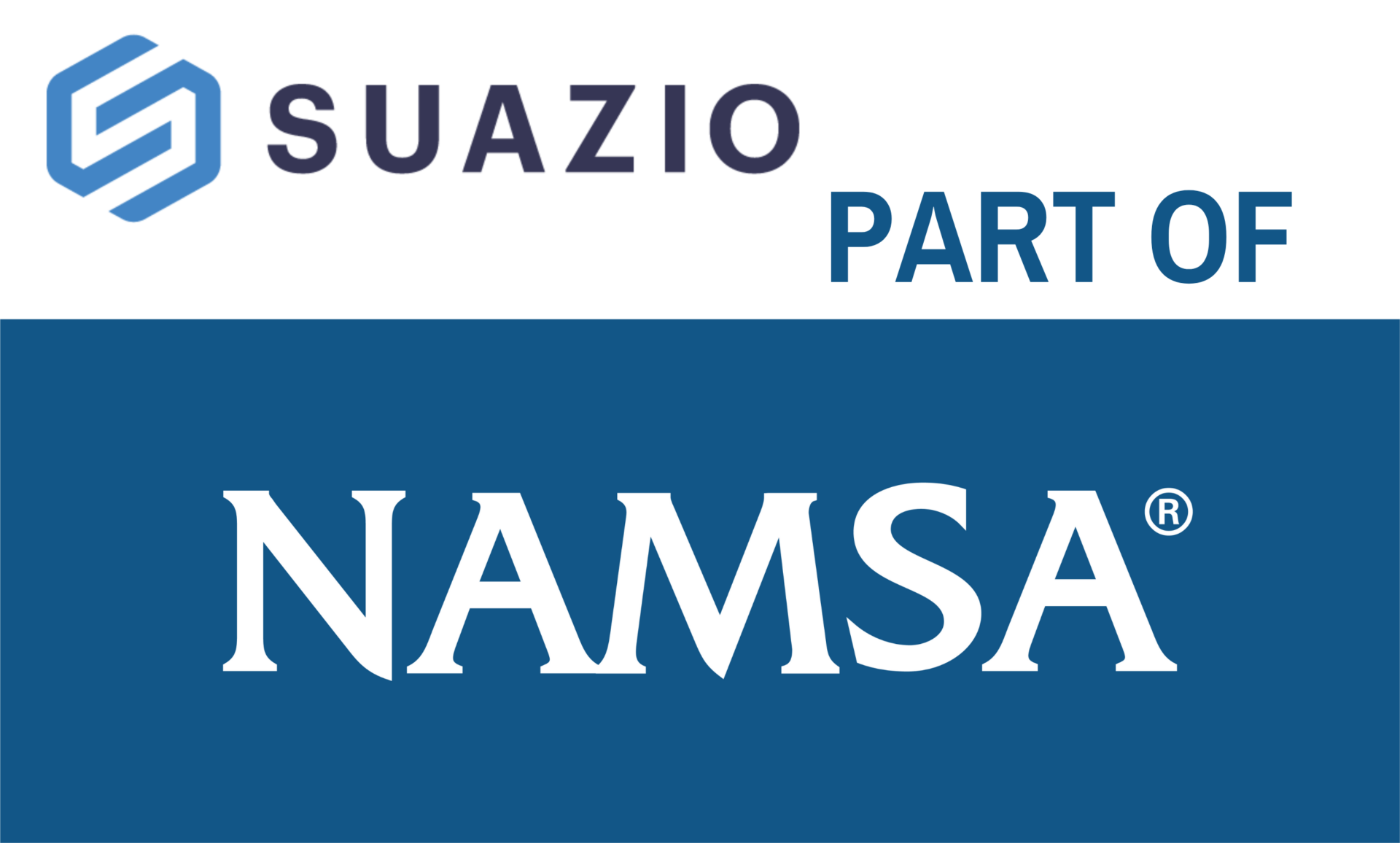Using the Delphi consensus methodology to test assumptions on a new blood plasma product
The question
Our client was developing a new product: freeze dried plasma. In order to test various assumptions about the current usage of frozen plasma and the benefits of freeze dried plasma, SUAZIO conducted a consensus project. The Delphi methodology design was utilized to reach a consensus as well as discuss non-consensus topics.
The end goal
Our client is convinced of the benefits that come with the use of freeze dried plasma: it’s not only much faster in use (think: 2 to 3 minutes instead of 40 to 80 to be ready), but it’s also considerably easier to store and preserve. However, because the product hasn’t gone to market yet, there are still some questions and uncertainties going around.
That’s why our client developed eight claims – and asked a group of leading physicians to give their feedback on them. Once this group of physicians would come to a consensus of eligible claims, they could go on and continue the development of their product – and safely use them in their communication when going to market.


Our approach
We applied the Delphi consensus methodology, an innovative and quite exceptional study that has its origins in the academic world. This process is used to end up with a group opinion by surveying a panel of experts who respond to several rounds of questionnaires.
The responses are aggregated and shared with the group after each round, during which the experts can adjust their answers – based on how they interpret the ‘group response’ provided to them. The ultimate goal is to get a result that is a true consensus of what the group thinks.
The experts
We spoke with hematologists, emergency medicine physicians, trauma specialists, and other profiles included in plasma flow. In the first phase of the study, 12 respondents participated in an online portion of the study. In the second phase, 11 participants responded. The third phase of the study concluded with 10 participants engaging in a virtual consensus discussion about the current scores and possible objections.
The results
We analysed the eight claims and their feedback – and filtered some insights out of this analysis. For this, we dug deeper into the matter: has it to do with internal or external workflow, what about recommendations, and so on. Some of the most important key takeaways:
- We gained understanding of reactions to different claims and claim elements
- We gained insights into agreement on different claims
- We gained a consensus analysis of claims and potential claim changes

After our research, the health economic team will then elaborate on those claims that resonate well – and start looking for better evidence or support from clinical studies to back them up.
